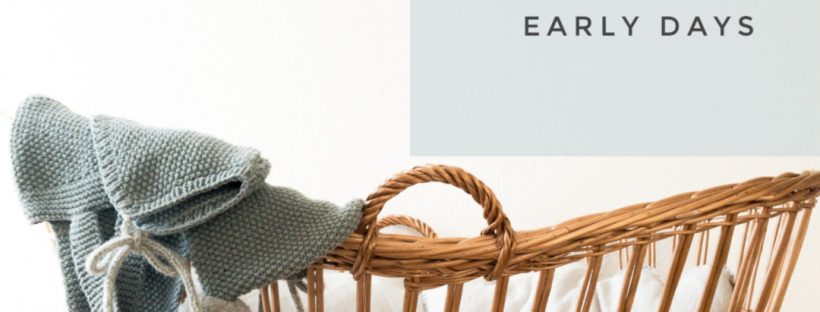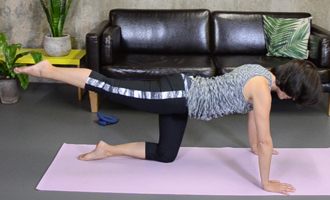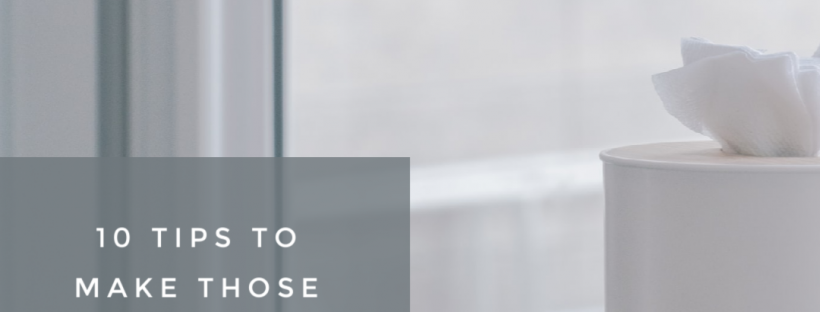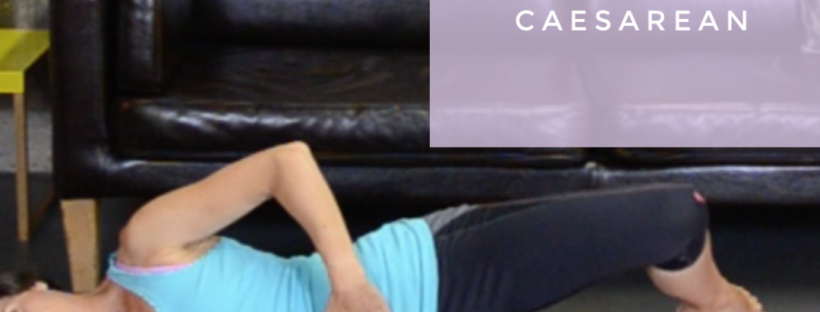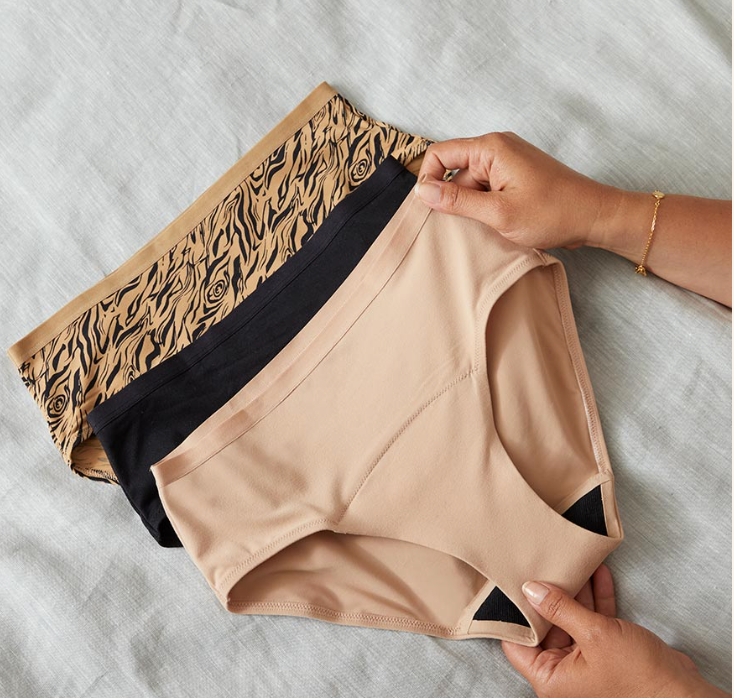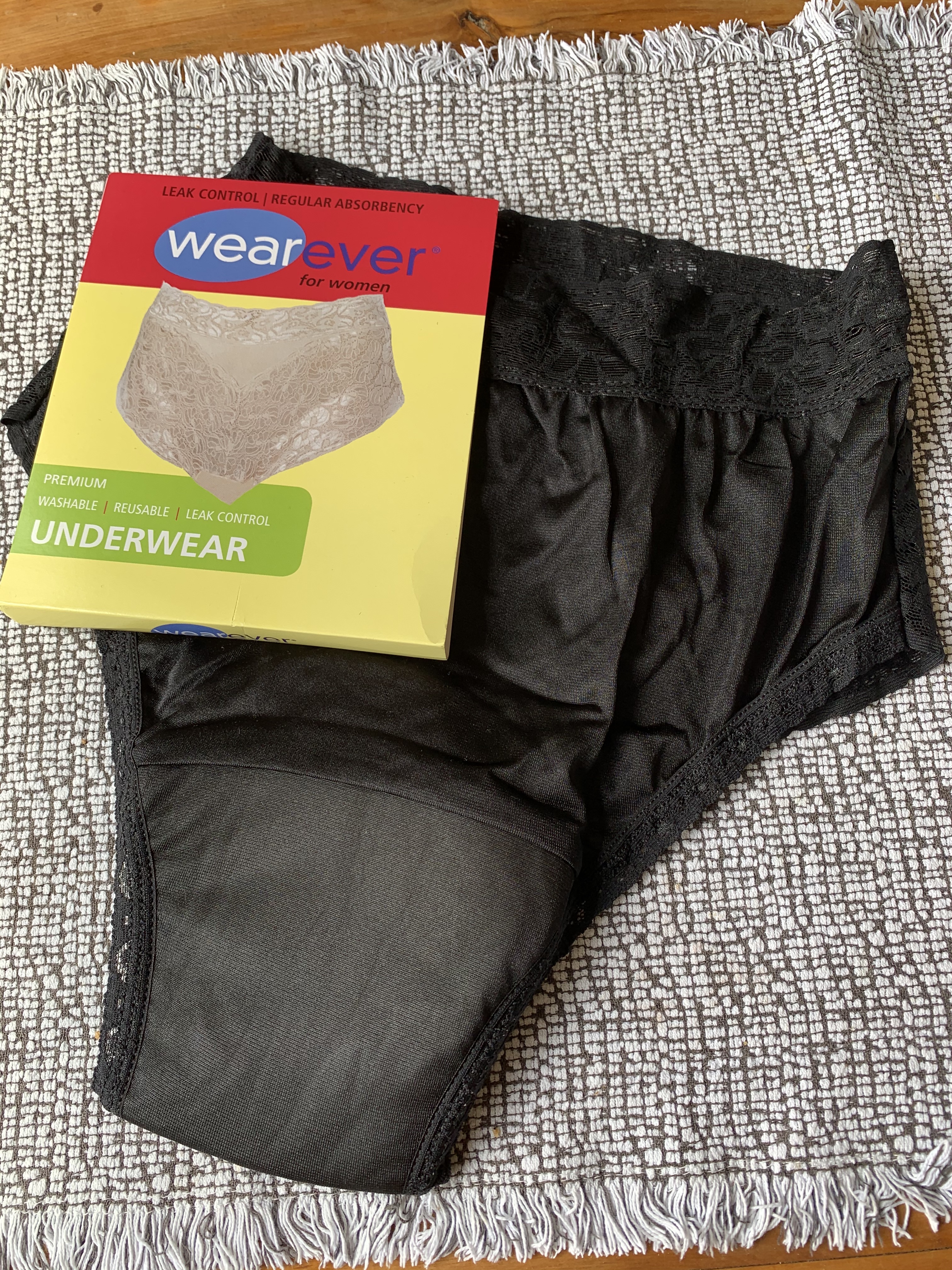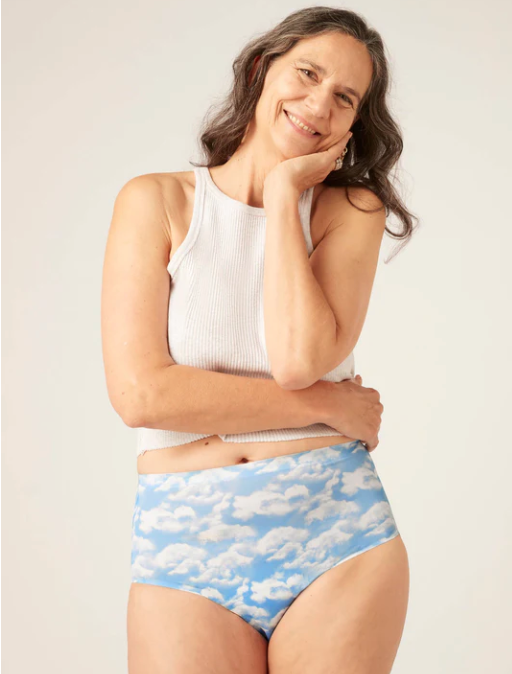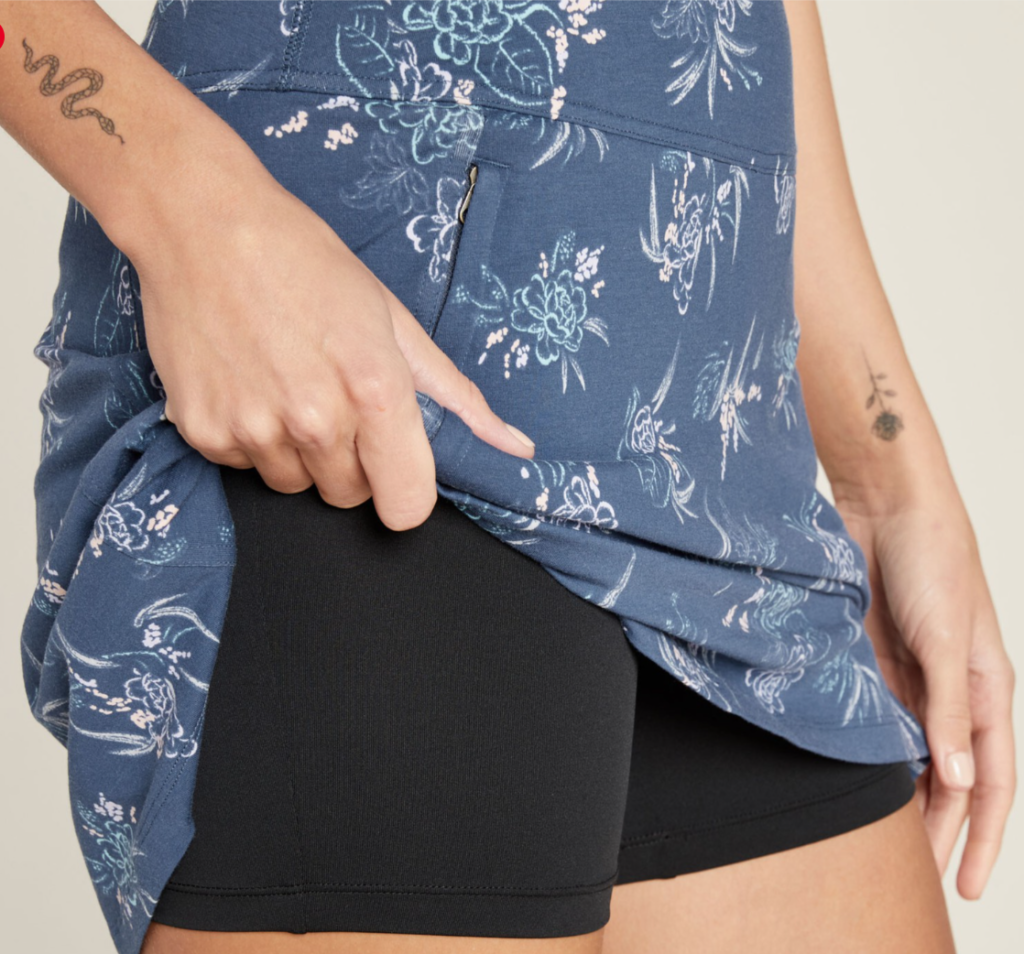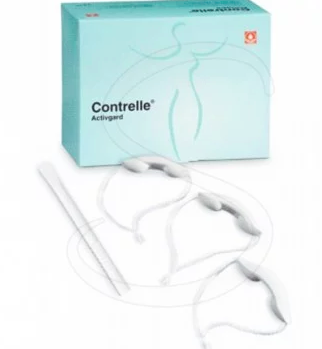Getting your Mojo back: #2 When POSTNATAL sex is PAINFUL
If postnatal sex is painful, it’s not your fault. And it can be sorted.
The problem is that a pain-avoidance cycle can develop quickly. If you experience pain when you have sex, your body recoils from the idea of sex again. Your partner doesn’t want to hurt you either. Before you know it there is an elephant in the room, the PJ’s are looking defensive and you’re both studiously looking tired or more interested in a book.
But feelings of rejection, disappointment, fear and anxiety only add to the vicious cycle.
Here are some of the most likely issues:
1. Do you have enough lubrication?
Painful sex can be caused by a lack of vaginal lubrication. The hormone changes of pregnancy, delivery and breastfeeding can change our natural production of essential body fluids in the vagina area. Couple this with lower libido and rushed foreplay and then sex feels sore as body parts struggle to slide and glide past each other.

Forget KY Jelly. There are now some beautifully packaged, organic, pH balanced personal lubricants which can enhance your love life and help keep you moisturised and comfortable. At Supported Mums we think the inventors of personal lubricant should win Nobel prizes – read more about their magic properties and especially the difference between water-based and oil-based lubricants here.
2. Are the pelvic floor muscles too tight?
Many women do not realise that pain can also arise during sex because the pelvic floor muscles both at the vaginal entrance and deeper inside the vagina have become tight or tense. Like any muscle in the body there can have been strains and sprains which have healed tighter than the original tissues, or your body might be subconciously guarding the area since your delivery. Or you may even know that you had a scar that was slow to heal? Or a scar that is still uncomfortable and you are still fearful of stretching it?
Clues that too much pelvic floor tension might be a problem for you are:
- penetration is difficult, feeling painful and/or blocked
- you feel yourself tensing up down below (or notice that you are gripping your teeth or clenching your body)
- or you notice that you sit with your buttocks clenched, often tense around the pelvis
- tampons won’t go in
- you feel achy, painful or heavy in the vulva and vaginal area
Try this:
- explore the outside (vulva) and inside (vagina) with your fingers. In the bath is nice as you are naked anyway and it is warm, clean and private. Can you feel any areas that want to be stretched or massaged? Are there some focused tension spots? Amy Stein, a US based physiotherapist has a good guide to perineal massage.
- Use my BEAM Stretch & Relax sequence to bring your tension levels down in advance of attempting sex.
- take time with proper foreplay to relax your whole body as well as time spent enjoying sensations outside and inside the vagina area
- ask your GP to refer you to see a specialist pelvic health physiotherapist. We can examine your pelvic floor muscles and explore with you how to get them working better using natural approaches like exercise (for weak muscles) and manual therapy release (for tight, overworking or scarred muscles).
Blog Series: Getting your Mojo back:
- # 1 what is good postnatal sex anyway & what if things are really not right
- #2 what to do when postnatal sex is painful
- # 3 what to do when postnatal sex is just a bit flat
Please do ask questions or share your story here. Your experience will help others too. #NoMoreMiserableMums



















